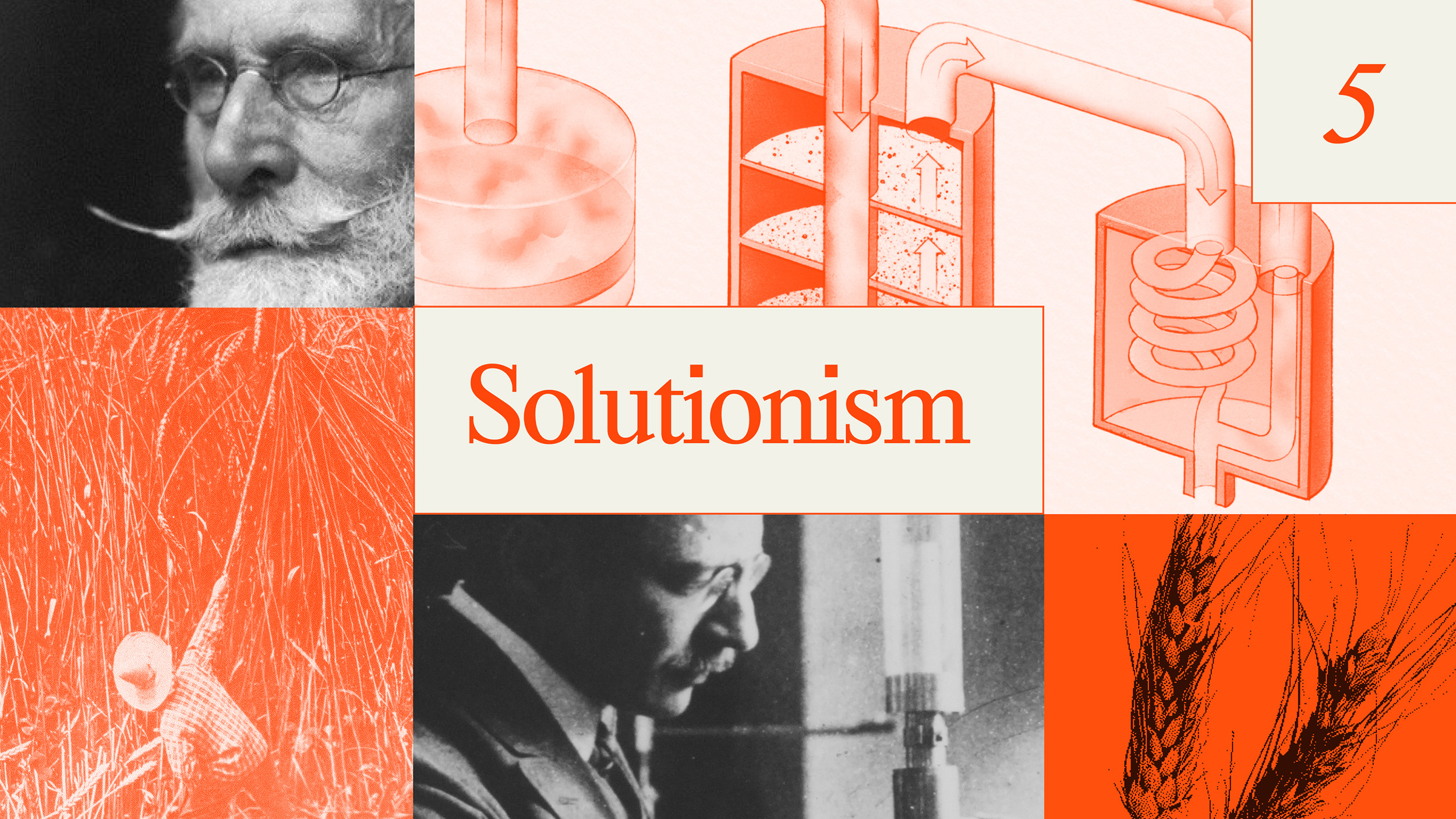A New Replication Suggests ‘Power Posing’ Is a Waste of Time, but Here’s Why You’ll Still Be Told to Do It for Years to Come

Last year on this blog, we looked in some depth at the widely reported research that suggested posing in a powerful position can influence hormones and behavior. The research made a huge splash, featuring as the subject of the second most-popular TED talk of all time with over 25 million views. But according to a far larger attempted replication of this research recently published in Psychological Science, the effects are all in the mind.
While the original study, which linked power posing to changes in levels of cortisol and testosterone, had only 42 participants, the replication used 200 participants and, crucially, a design in which the experimenter was blinded and the instructions were given by a computer, preventing any possibility for the experimenter’s unconscious cues to bias the participants. In the replication, power posing did make people say they felt more powerful but had no effect on hormones or actual behavior.
In a detailed response by the original researchers, it is also pointed out that the replication involved no deception, while nearly every study on power posing involved carefully deceiving the participants with a cover story. This is arguably a somewhat moot point however, as the point of power poses is for individuals to improve their self-confidence by putting themselves in a power pose before engaging in an interview or other stressful task. If the effect only works when we are tricked into it, then that would make power posing an interesting phenomenon, but useless in practice.
The original authors also suggest a number of other reasons the replication may have failed: Most of the original power pose findings were tested in a social context, with real experimenters and participants engaging in social tasks. The replication, however, removed all interactions with other people so that they could not unknowingly bias the participants. Another change from the original experiment was that in the replication, the power poses were held for six minutes instead of three minutes, which could have left participants feeling awkward or uncomfortable rather than powerful.
To their great credit, the original authors have made all of their materials fully available so that anyone who wants to can conduct further replications to try to pin down what, if anything, is really behind the original power pose findings.
At this point, however, according to a detailed statistical analysis by DataColada of the statistical significance of all power posing replications to date, the power posing effect seems too weak to be worth engaging in. Will that stop people? Probably not. While the original TED talk has 25 million views and the original paper countless citations, research shows that original scientific findings are cited 17 times more than their rebuttals and in the rare instances rebuttals are cited, “the citing papers on average had neutral views of the original article, and 8 percent actually believed that the rebuttal agreed with the original article.” Similarly, as we have discussed previously, news stories (like this one) which rebut original stories are only ever shared a tiny fraction of the amount the original stories — I, for one, am not holding my breath for 17 million hits. So real or not, power posing is likely here to stay as a prominent feature of your Facebook feed and water-cooler-chit-chats for years to come.
Follow Neurobonkers on Twitter, Facebook, Google+, RSS, or join the mailing list. Image Credit: Shutterstock
Reference:
Carney D.R., Cuddy A.J.C. & Yap A.J. (2010). Power Posing: Brief Nonverbal Displays Affect Neuroendocrine Levels and Risk Tolerance, Psychological Science, 21 (10) 1363-1368. DOI: http://dx.doi.org/10.1177/0956797610383437





